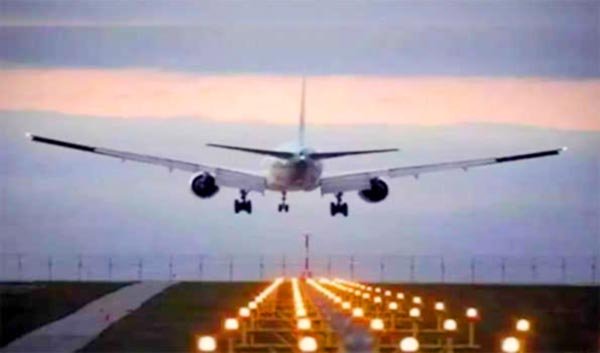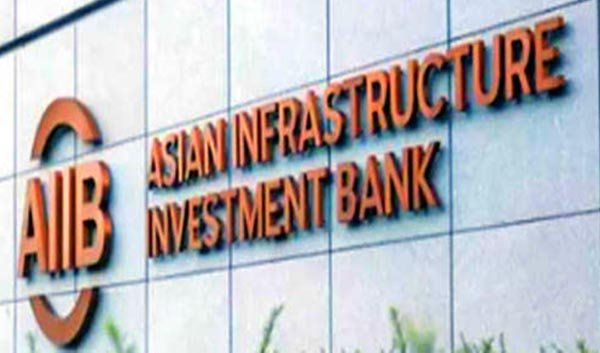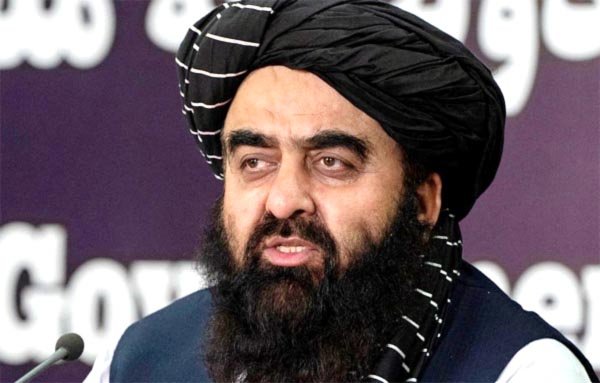New Delhi, June 24 (UNI) The Directorate general of Civil Aviation (DGCA) has discovered multiple cases of repeated defects on aircraft indicating ineffective monitoring and inadequate rectification action.
The DGCA, which carried out comprehensive surveillance at major airports, including Delhi and Mumbai, found that in multiple cases reported defects re-appeared many times on the aircraft indicating ineffective monitoring and inadequate rectification action on the defects/repeated defects.
Ground handling equipment’s like baggage trollies, BFL, etc were found unserviceable, Line maintenance stores, tool control procedures were not followed.
During maintenance of aircraft, the work order was not followed, unserviceable thrust reverser system and Flap Slat Lever were not locked. During maintenance, safety precautions were found not taken by AME as per AMM. At places, the AME was not attending to the snag rectification, defect reports generated by the aircraft system were not found recorded in the technical logbook.
Several life vests were not properly secured beneath their designated seats; The corrosion-resistant tape on the right-hand side winglet’s lower blade was found to be damaged.
Similarly at an airport, centre line marking of runway was observed faded. The rapid exit taxiway, green centre lights were not unidirectional, the obstruction limitation data had not been updated for last three years and no survey had been performed despite many new constructions around the vicinity of aerodrome. Number of vehicles in the ramp area were found without speed governors.
A simulator was checked and found not matching with the aircraft configuration. The software was not also updated to the current version.
A domestic flight of a scheduled carrier was cancelled due to worn tyres and it was released only after the required rectification was carried out.
All the findings observed during the surveillance have been communicated to the concerned operators for taking necessary corrective actions within seven days, an official spokesman said.
The examinations were done by two teams led by the Joint Director General, DGCA during night and early morning hours at major airports, including Delhi and Mumbai.
The surveillance covered multiple critical areas such as flight operations, airworthiness, ramp safety, air traffic control (ATC), communication, navigation and surveillance (CNS) systems, and pre-flight medical evaluations. Throughout the surveillance, ground activities and aircraft movements were closely monitored to check the compliance of regulatory requirements and to identify weak areas for improvement.











